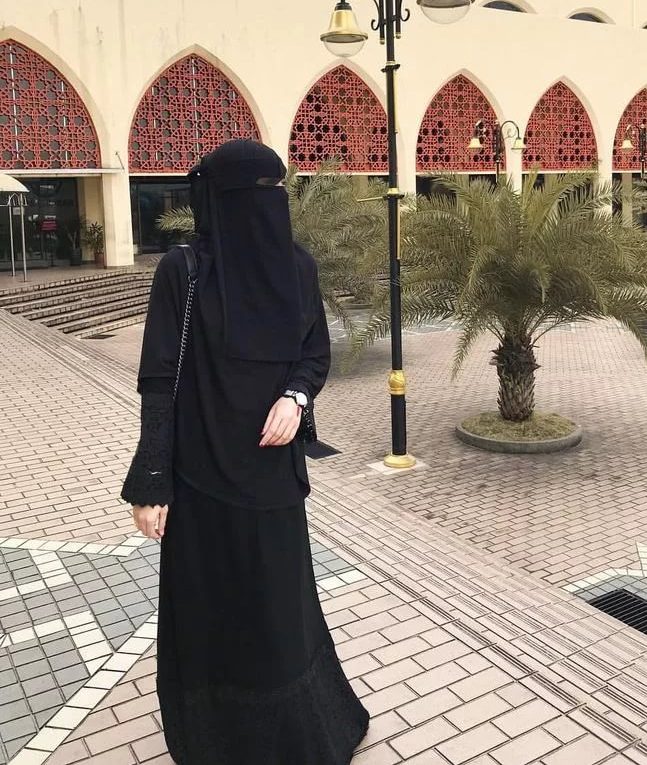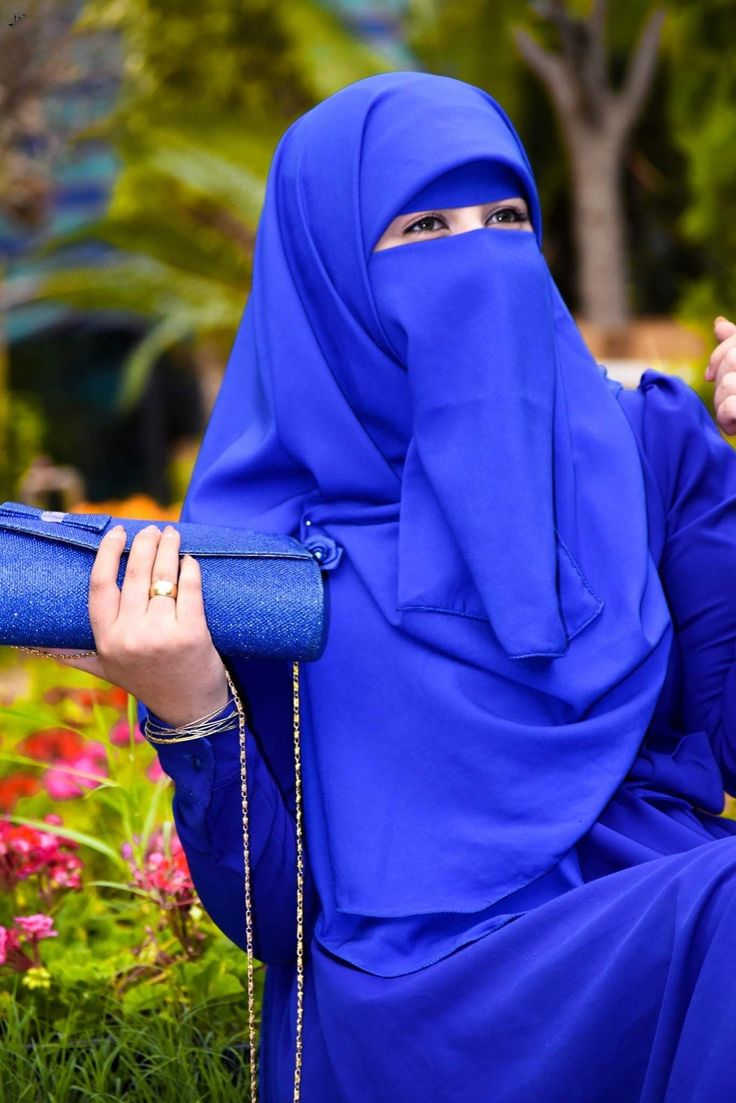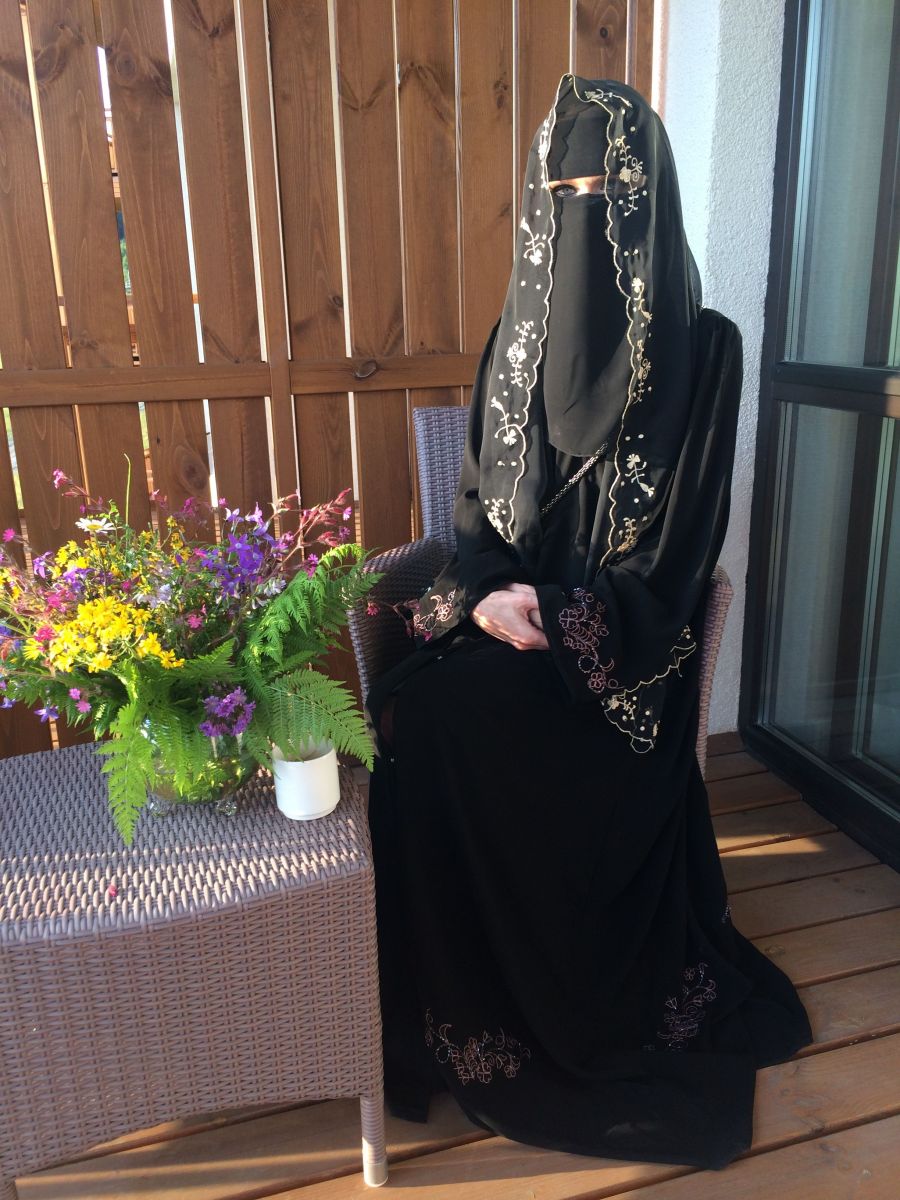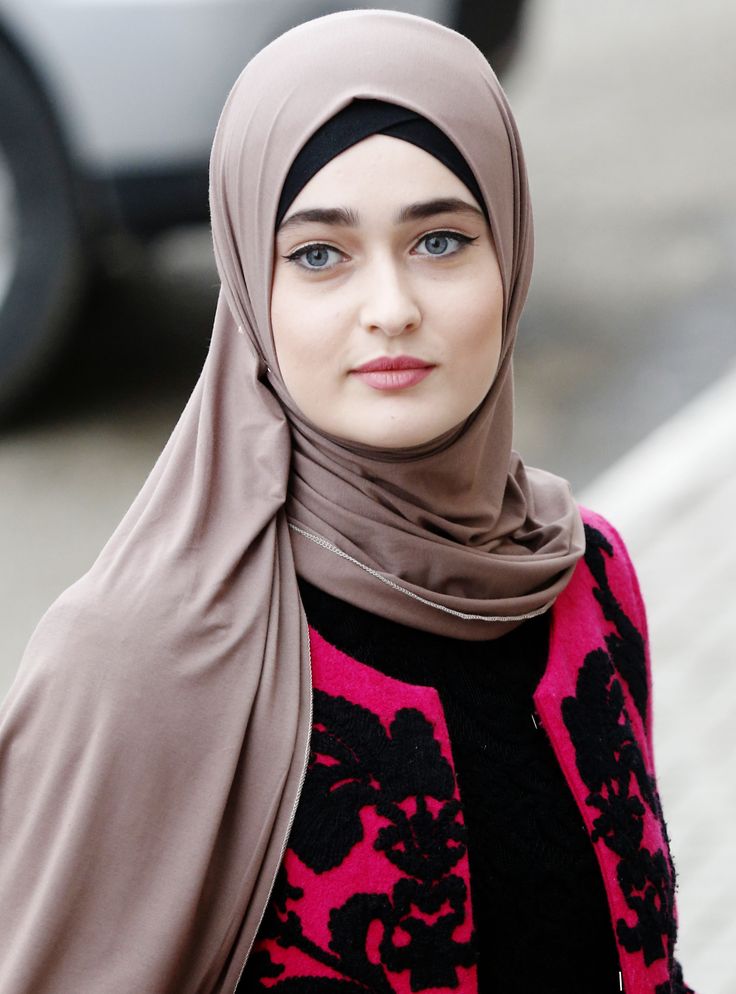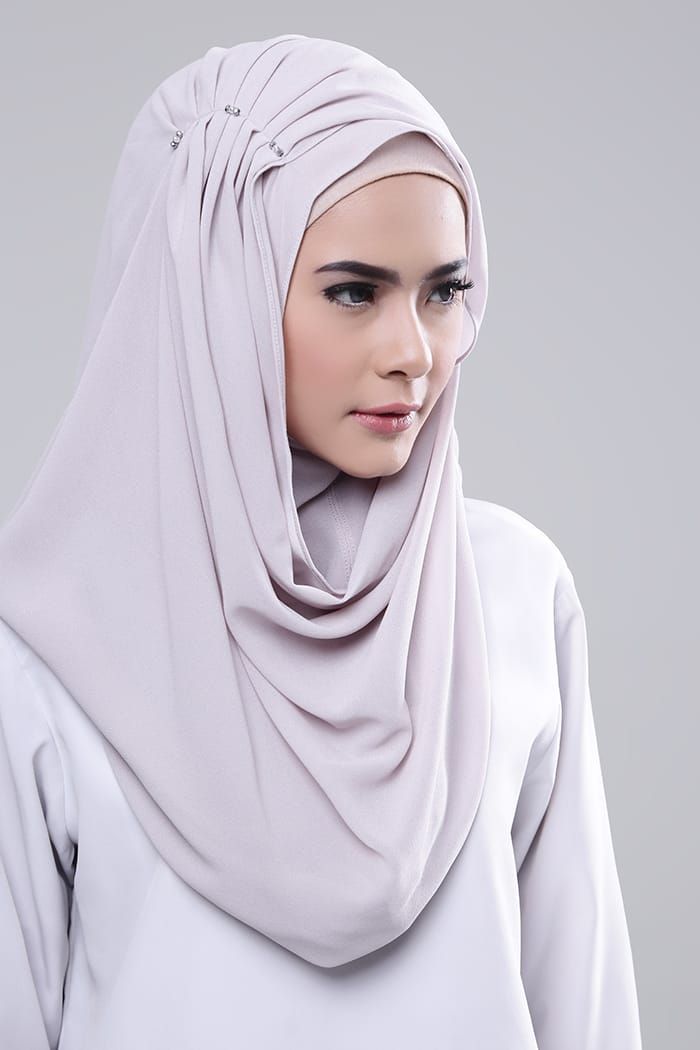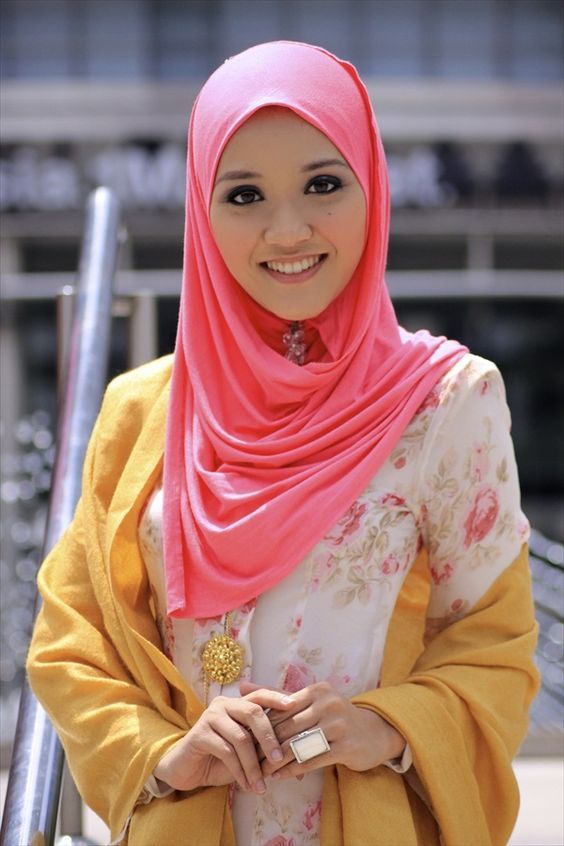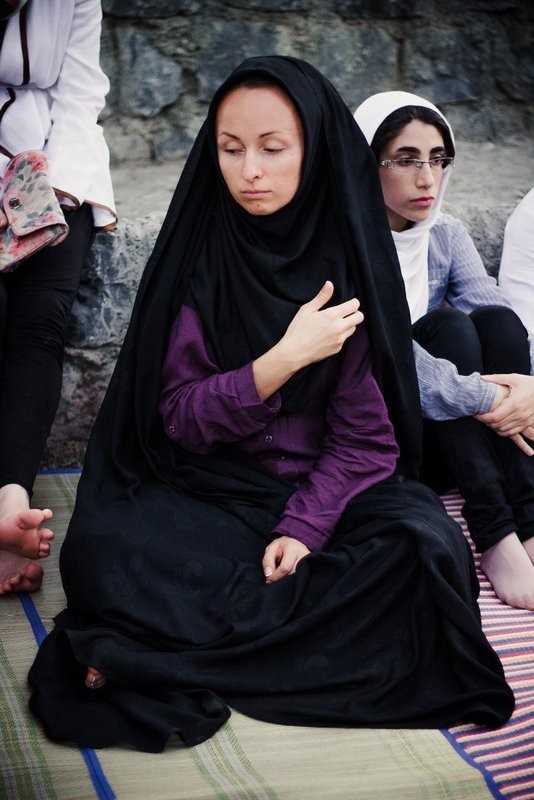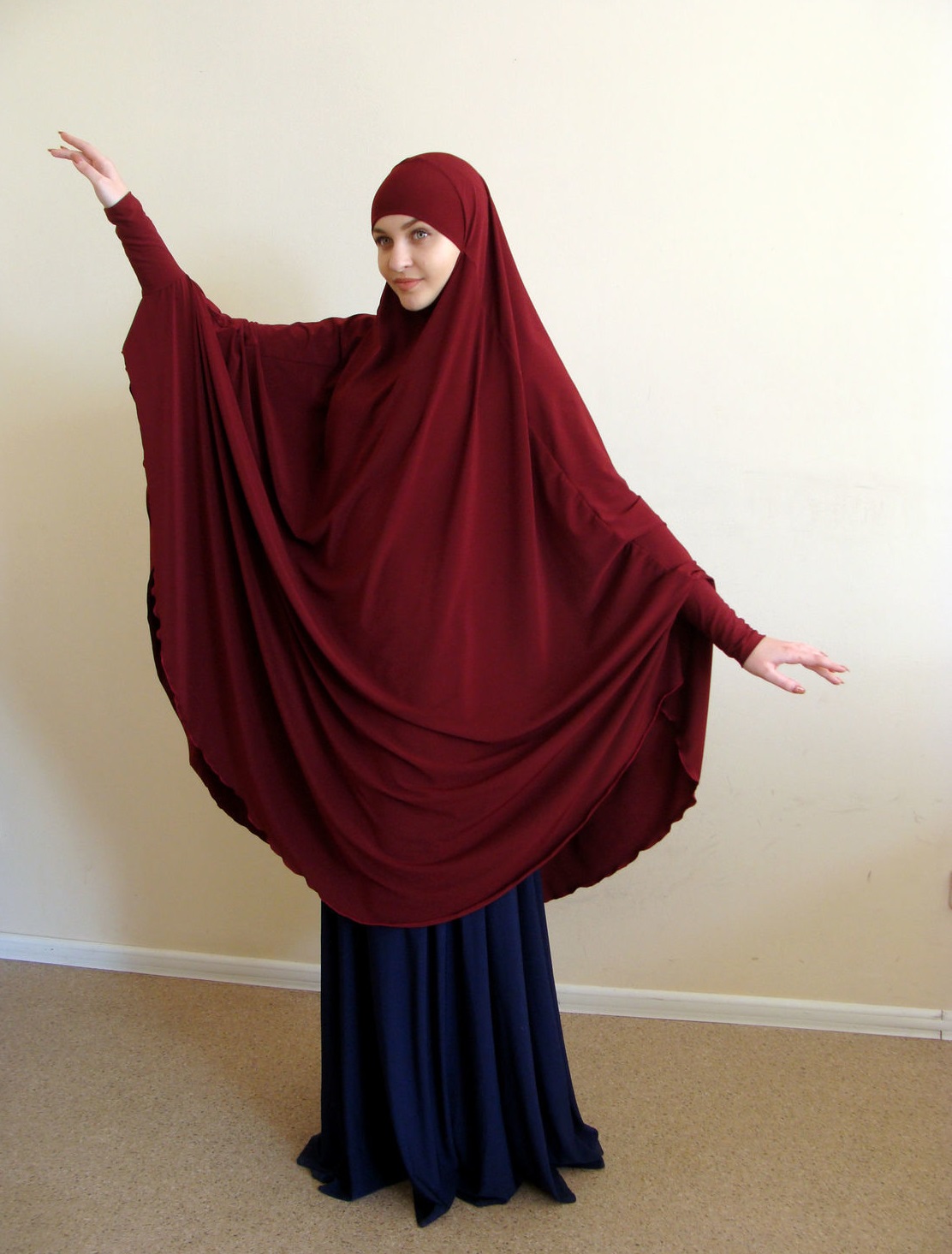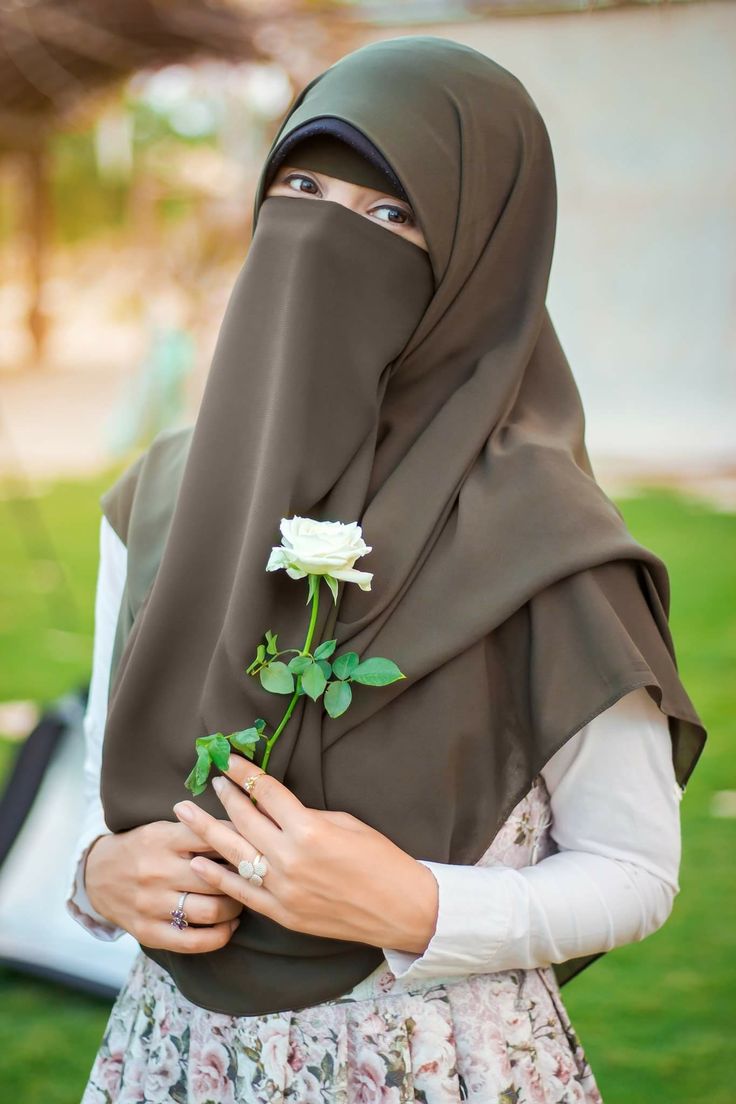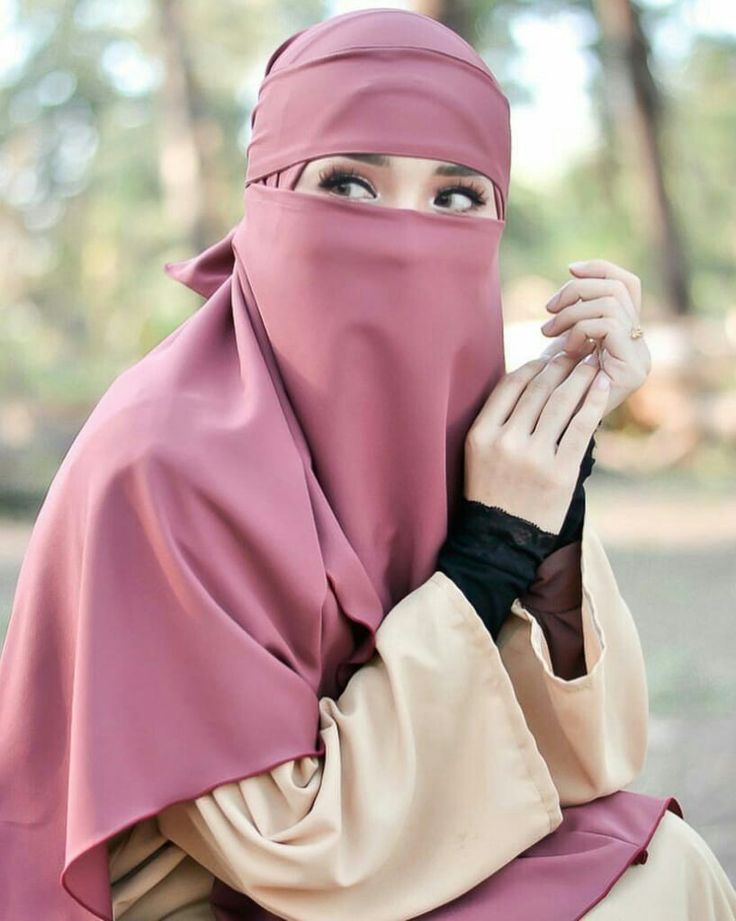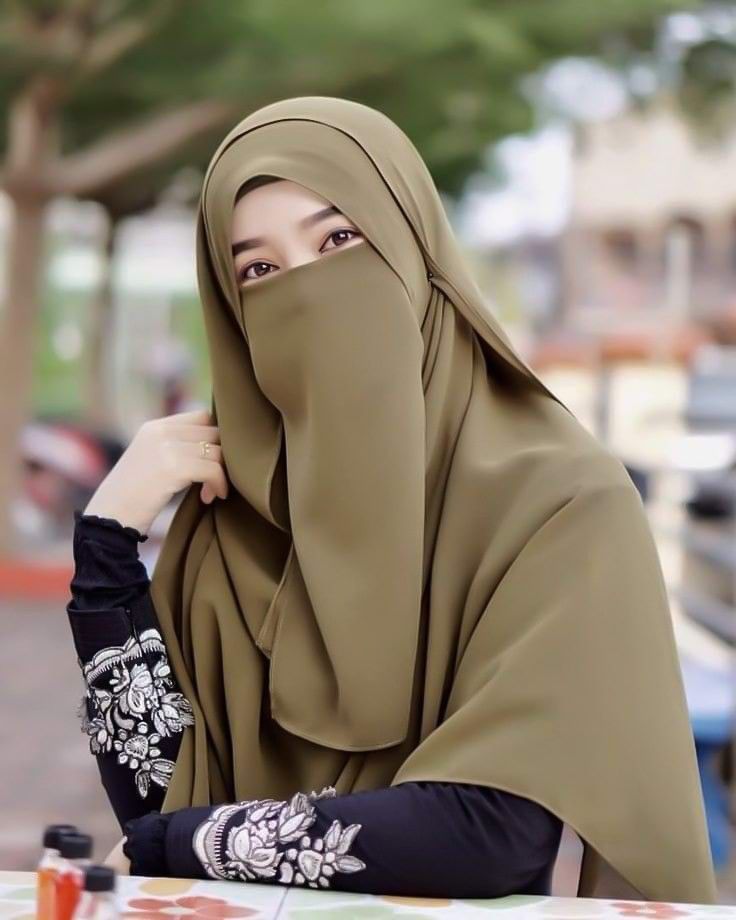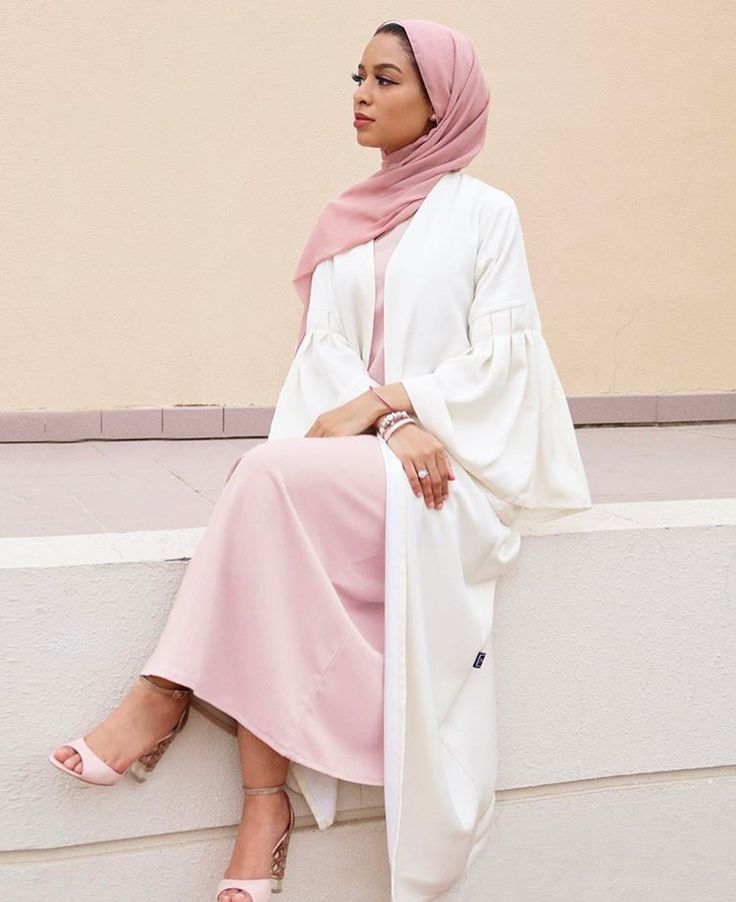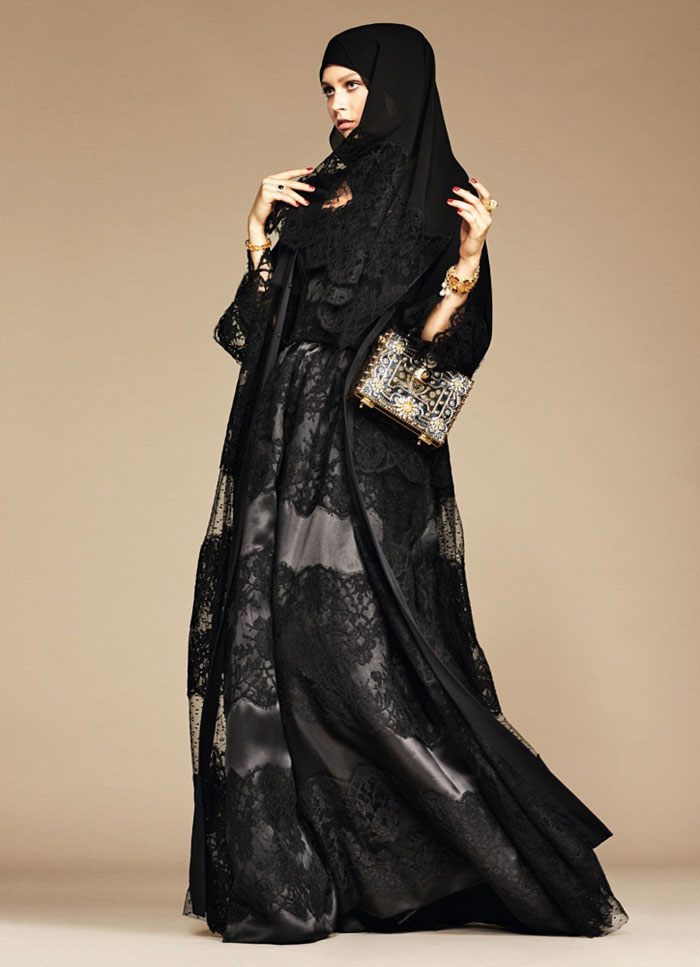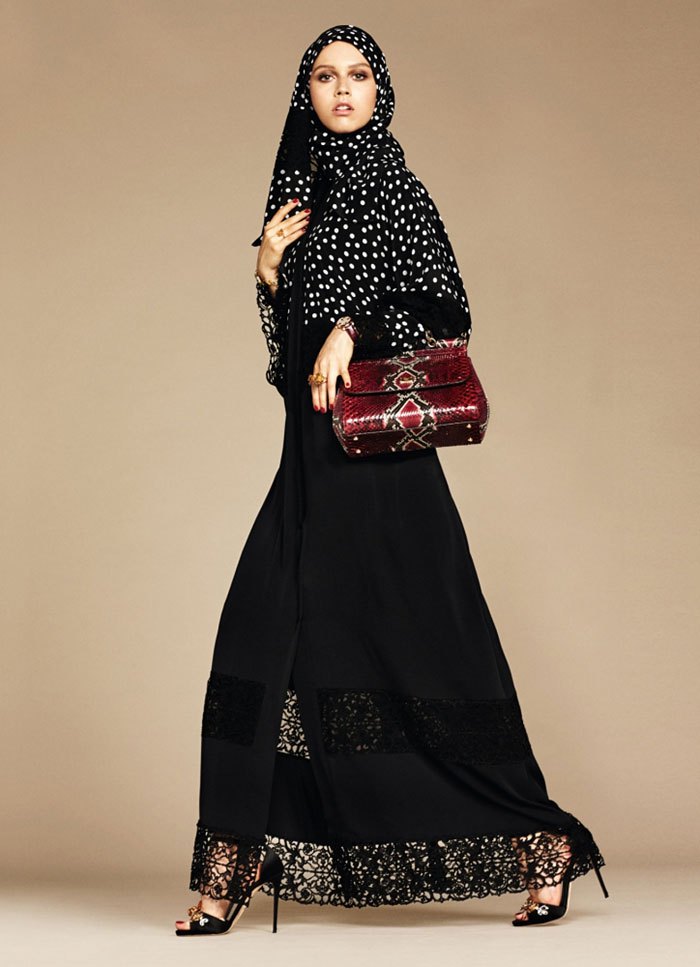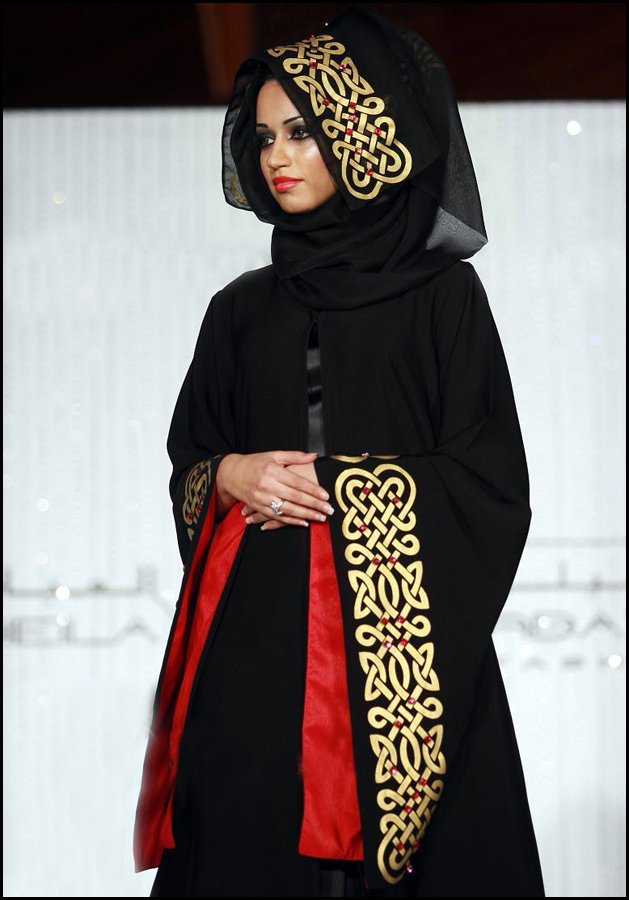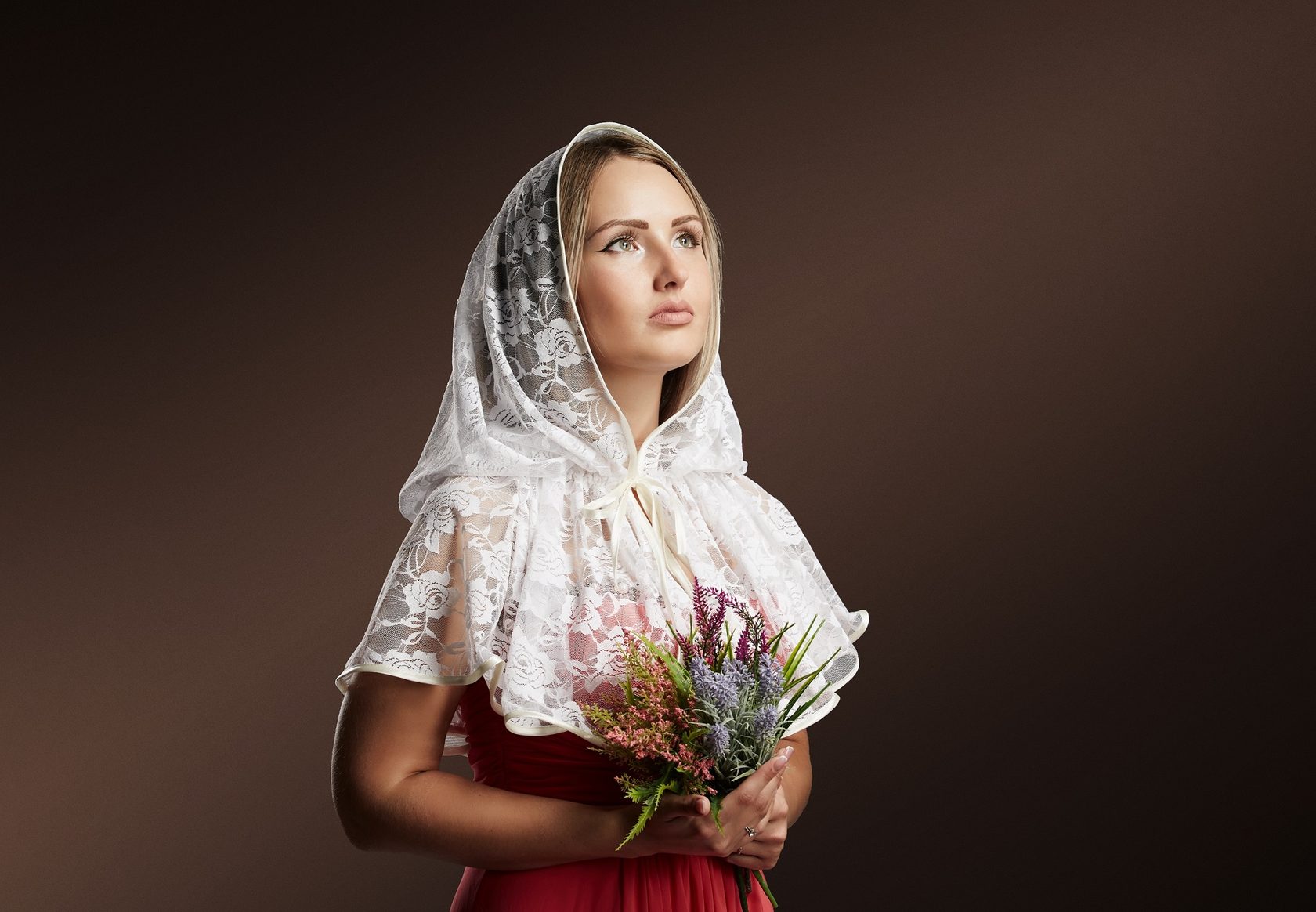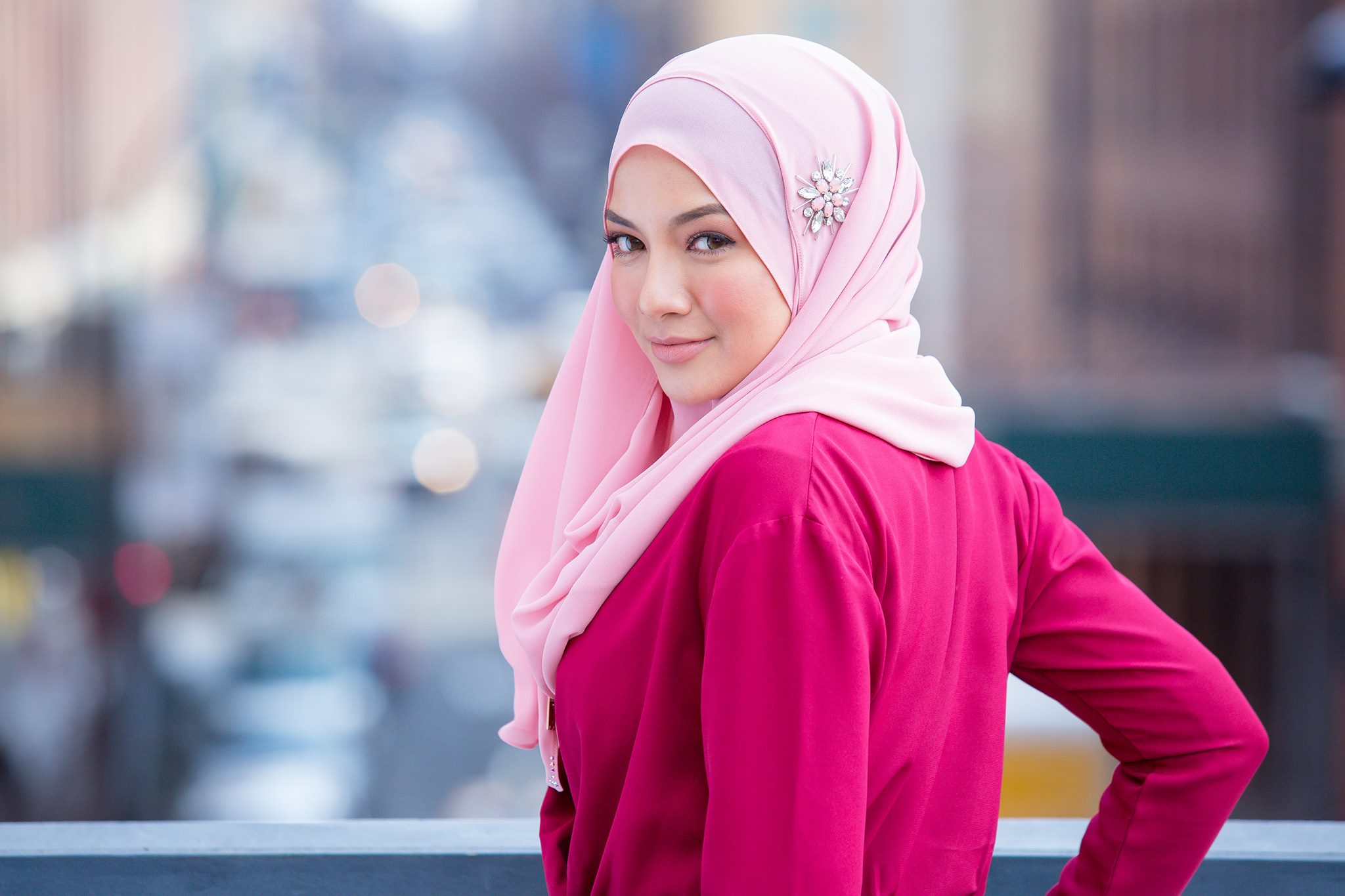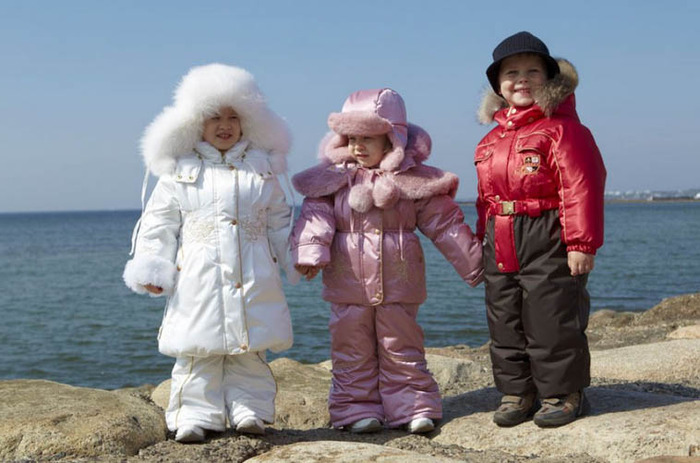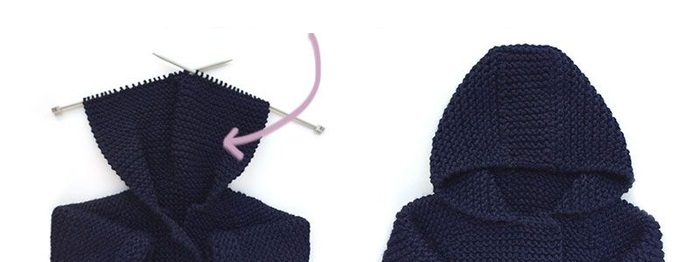In Muslim countries, women must cover their figure and hair outside their homes. When going outside, they wear a burqa, a traditional long-sleeved garment that covers the entire body. The face is covered by a chachvan (a cape with a mesh over the eyes), which a woman can lift if necessary. Only the hands remain open.
What is it
A burqa is a loose garment made of thick fabric that hides the body and replaces a woman's dress. It was first used in Ancient Egypt to protect against the sun. Both women and men could wear it. Over time, it migrated to the rest of the Islamic world, and government and church officials began to wear it. But by the 19th century, only Muslim women wore it to preserve their honor and avoid other people's glances.
The tradition of covering the face from strangers is connected with female seclusion, which is very common in the Middle East. Women support the principles of chastity and spiritual purity. Moreover, Muslim women are not forced to do this, they make their choice voluntarily. The burqa must meet certain requirements:
- Completely conceal the figure, do not allow clothing to fit tightly to the body.
- Leave your hands exposed.
- Made from dense fabrics (for example, velveteen, crepe, stretch, gabardine).
- Be of a muted color.
Who can wear a burqa: any representative of the fair sex who professes the Islamic religion. The only exceptions are girls who have not reached the childbearing period and elderly Eastern women. Also, it is not required to be worn by the poor strata of the population who cannot afford it.
There are also cases when you can open your face and eyes:
- If a woman is at home without strangers, for example, alone with her husband.
- In front of close relatives.
- If she needs to take a photo.
- When visiting a doctor.
In the last two cases, she must be accompanied by her husband or an older male relative.
A woman in a burqa will not hide her age or social status, because there are different types of clothing, differing in color and cut. The way a thing looks is used to judge a girl. Clothing can be simple or decorated with precious stones. In the modern Islamic world, there are even designer shows of closed outfits for Muslim women. It is clear that only the wives of wealthy men can afford such burqas.
Today, the majority of Pakistani girls wear burqas. They are also worn in the Middle East.
Differences from other Muslim clothes
There are several other types of traditional clothing, headdresses for Islamic women. The main differences between them are that they can be divided into two groups: those that reveal the face and those that cover it. The first group includes: hijab, sheila, chador. The second group includes burqa, burka, niqab. Let's consider the difference between them.
Hijab
This is a large scarf of any shape that covers the hair, neck, and shoulders. The face remains open. A beanie hat is often worn underneath to prevent the top hat from slipping off the head and accidentally revealing the hair. Modern models come in a wide variety of colors. They can be used to create a delicate, beautiful look.
Rules to follow when wearing hijab:
- It should only be tied onto hair that is gathered into a bun and securely fastened.
- The edge of the scarf should cover the forehead.
- The knot is secured under the chin or at the back of the head.
- It should fit snugly against the forehead and chin, with the edges hanging loosely.
The hijab and the burqa have little in common. The only similarity is that both cover the hair and neck.
The burqa differs from the hijab in that it completely covers the body and face. Both garments are mandatory in Saudi Arabia and Iran, but the hijab is also used by Muslim women living in European countries to avoid wearing a head covering that covers the face.
Veil
A chador is a long veil that a woman can wrap herself in from head to toe, and if desired, cover her face with its edge. It has no fasteners and is not attached to the body in any way. To prevent the garment from falling, it must be constantly held by hands.
The chador is similar to the burqa. It also covers the head and body of women. But the face remains open. Therefore, Muslim women often wear it in combination with the niqab. This type of clothing is very common in Iran.
Khimar
Khimar is a cape with a slit for the face. It completely covers the head, shoulders and chest. It is divided into mini, midi and maxi lengths. Every Muslim woman can choose the best option for herself.
It differs from the burqa in that it does not cover the face. Khimar is preferred by women in Turkey and the Middle East.
Niqab
This is a cloth that covers the head, face and chest, leaving a small strip for the eyes. Traditionally black. It consists of a forehead bandage to which two scarves are attached. One covers the lower part of the face up to the eyes, the second - the hair. A Muslim woman in a niqab will never decorate it with jewelry. According to the Koran, this is prohibited.
It differs from the burqa in its cut and in that the woman's eyes remain visible. The main differences between the niqab and the hijab are the fabric they are made of and the fact that the hijab does not cover the face. The niqab is common among Muslim women in Pakistan, the Gulf States, and Yemen.
Sheila
A long rectangular scarf that women wrap around their heads, leaving the ends to hang freely from their shoulders. Its main purpose is to cover the hair. It can be made of any fabric. It can become a real decoration for Muslim women who have learned to easily throw it over their heads and beautifully drape the folds. It has nothing in common with the burqa, except that it also covers the hair. It is very similar to a stole. It is common among girls from the Persian Gulf countries.
Nuances of traditional women's costume in Islam
Muslim women are brought up in strictness. They are taught modesty and moderation in everything. These rules also apply to clothing. They are forbidden to flaunt their beauty. They can show their faces only to their husbands and a few men who are close relatives.
But only the most religious Muslims adhere to such strict canons. In the modern world, they are increasingly allowed to uncover their faces. However, there are a number of rules that every woman must adhere to:
- Clothes must completely cover the body, including hair. Short skirts, open blouses, and tops are prohibited. They can wear floor-length skirts, wide trousers, and loose-fitting blouses with long sleeves. A headscarf that completely covers the head, neck, and chest is a must.
- It is forbidden to use translucent fabric. It is forbidden to wear clothes made of translucent materials.
- Clothes should not be tight, showing the curves of the body. A girl must protect herself from the glances of strange men. Therefore, not a single centimeter of her body should be visible through her clothes. High heels are also prohibited. They make a woman's gait more seductive, and this is unacceptable for Muslim women.
In addition, there are requirements for the color of women's clothes. They should not be bright, colorful. There are also rules for dressing for certain events. There are special outfits for visiting the market, for a holiday or going to a mosque.
Sometimes you can deviate from the rules, for example, if a woman is at home, surrounded by loved ones. In this case, you can even wear jeans with a tight T-shirt. But only the husband and close relatives are allowed to see the woman in this outfit.
Don't think that poor Muslim women are forced to hide themselves under baggy, shapeless clothes all their lives. Even with the existing restrictions, they have learned to look stylish and elegant. For this, beautiful fabrics, lace, embroidery, and oriental ornaments, which are now at the peak of popularity, are actively used.
Video


